In the late nineteenth and early twentieth centuries, French missionaries, military officials and scholars all asked questions about the Vietnamese that the Vietnamese had never asked themselves: Who are these people? Where do they come from? What race do they belong to? What language family does their language belong to? etc.
By that time Vietnamese had of course already compiled texts about the history of their land, but those texts did not directly answer these questions. Instead, they were concerned with tracing a political genealogy that linked various rulers and dynasties together.
The earliest such histories date from the fourteenth (Việt sử lược 越史略) and fifteenth (Đại Việt sử ký toàn thư 大越史記全書) centuries, but they included information from earlier times, including the thousand-year period of Chinese rule, and in the case of the latter text, the first couple millennia BCE.
Where did the compilers of those texts get that information? From early Chinese sources, and in the case of the information about the first two millennia BCE, information from elite stories that were created in the fifteenth century CE in Vietnam were employed as well.
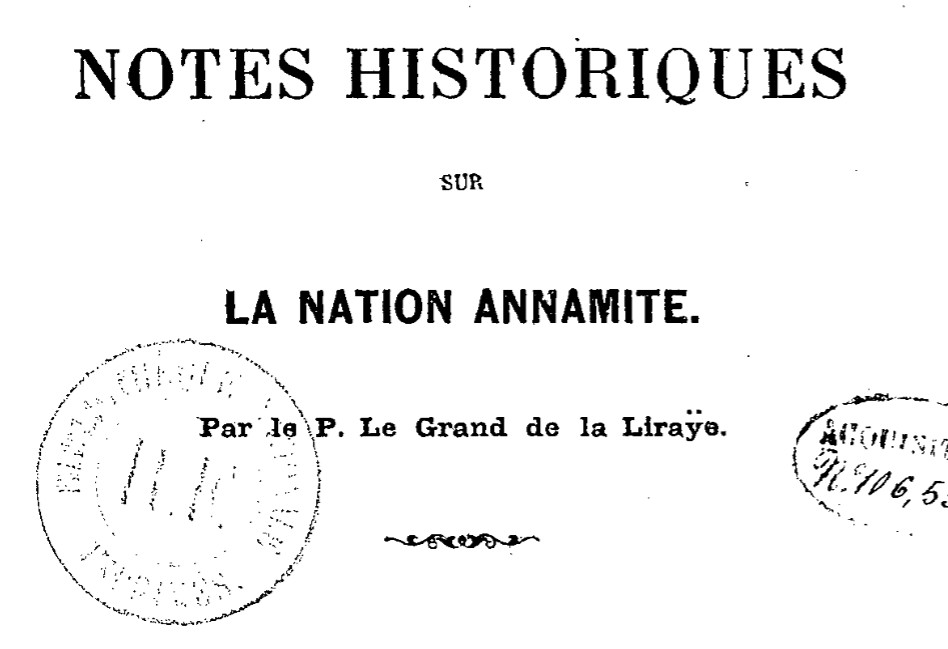
For French scholars, the information about early history in works like the fifteenth-century Đại Việt sử ký toàn thư was perplexing. It claimed, for instance, that there was a line of political descent that stretched from an ancient mythical Chinese ruler, Shennong/Thần Nông, to rulers in the Red River Delta in antiquity. Chinese sources, however, did not record this.
So was it accurate? If it wasn’t, then were did that information come from? And where did the Vietnamese themselves come from?
These are the kinds of issues that the first French scholars to study about the history of the Vietnamese faced, and it was also in the backs of the minds of scholars who engaged in research on other topics, such as Edouard Chavannes who translated Sima Qian’s first-century BCE Historical Records (Shiji 史記) at the turn of the twentieth century.
In translating that work, Chavannes noticed that the term “Yue/Việt” appeared in connection to different peoples and polities in an area that stretched from Zhejiang Province to northern Vietnam, and that there were terms like “Ou/Âu” that could also be found referring to peoples and polities as far apart as Fujian and Guangxi (i.e., “Eastern Ou/Âu” and “Western Ou/Âu.”)
In the footnotes to his translation, Chavannes suggested that the similarities between these terms must be because they relate to the same people, and that in particular, they demonstrate the gradual migration of a people from the area of Zhejiang Province all the way to northern Vietnam.
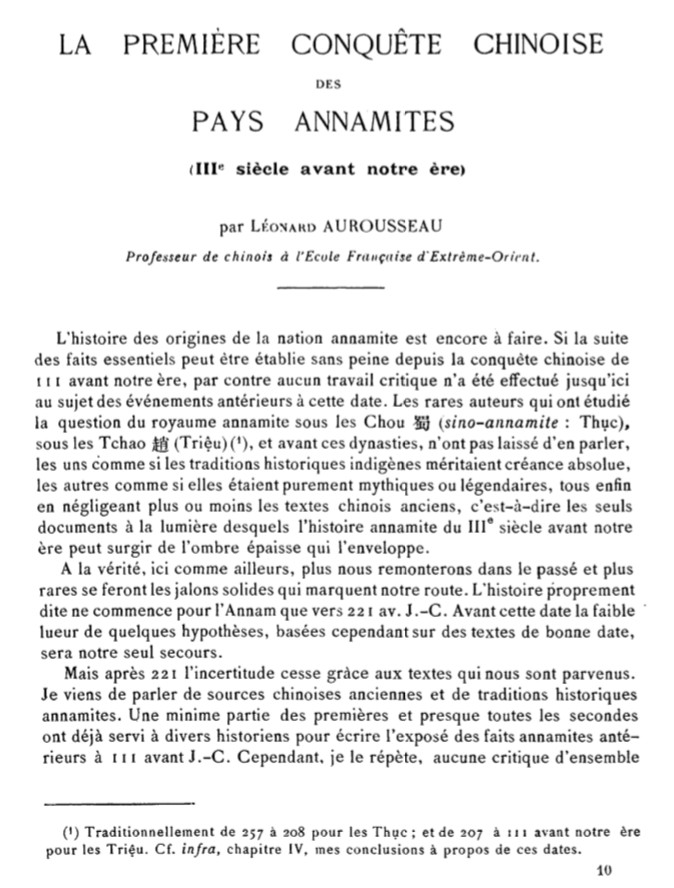
This idea was suggested by Edouard Chavannes in 1901, and was then developed further by Léonard Aurousseau in 1923. Today this theory is known as the “Yue migration theory,” and it is no longer upheld by historians.
In his 1983 work, The Birth of Vietnam, historian Keith Taylor devoted an appendix to a discussion of what he referred to as “Léonard Aurousseau’s ill-fated theory that the origin of the Vietnamese people lay in the migration of the refugee population of Yue.” (314)
In this appendix, Taylor does not rule out the possibility that members of a “disinherited ruling-class” might have migrated into the Red River Delta in the past, but that this did not mean that the people that they ruled over migrated with them as well. (315)
In other words, Taylor disagreed with the idea that Aurousseau had proposed, but he did not challenge Aurousseau’s scholarship.
Aurousseau’s scholarship and his methodology, however, can easily be discredited.
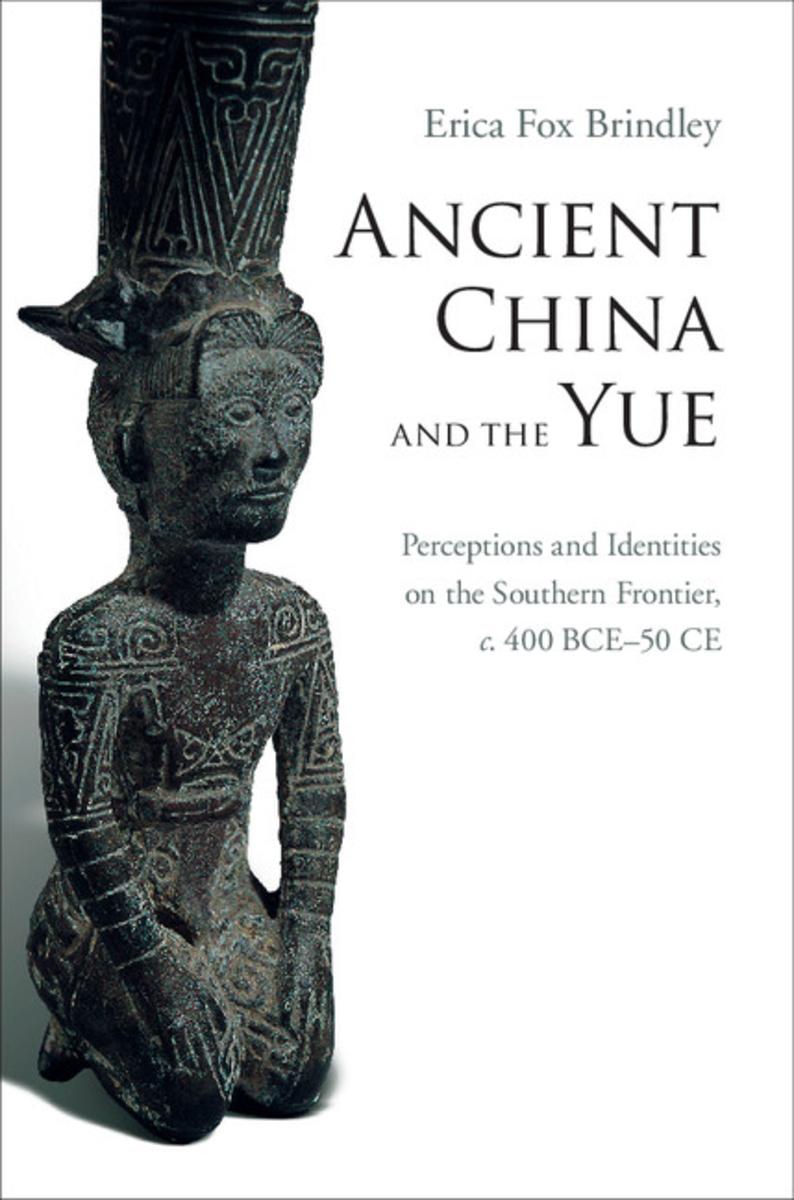
As this post here on Erica Brindley’s discussion of early Chinese sources about the Yue indicates, it is impossible to use the information that Aurousseau employed to demonstrate that even an elite migration took place.
Meanwhile, my own examination of Chavannes methodology, which Aurousseu followed, demonstrates the degree to which Chavannes forced or invented connections in the sources.
To be fair, archaeologists have demonstrated that there was “north-south” contact in the first two millennia BCE between peoples in what is now southern China and peoples in the Red River Delta.
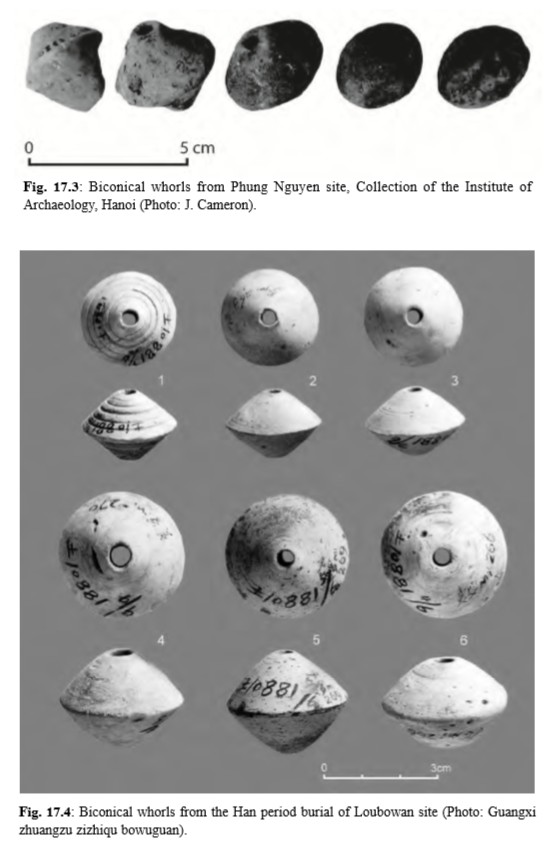
Archaeologist Judith Cameron has noted that spinning whorls that were first invented in southern China have been found in northern Vietnam at a site that dates from the second millennium BCE, and that embroidered textiles of similar northern origin have been found in a tomb from the first millennium BCE.
Similarly, archaeologist Nam Kim’s work on the first-millennium-BCE citadel of Cổ Loa demonstrates that it likewise contained elements, such as roof tiles, that were of a northern origin.
So there was contact, but this does not demonstrate migration, and in a 2012 book chapter entitled “Léonard Aurousseau’s Hypothesis Revisited: The Intersection between History and Archaeology,” Cameron acknowledged that this archaeological evidence does not support Aurousseau’s Yue migration theory.
Her conclusion is that it merely “confirms that the origin(s) of Vietnamese polities is more complex than might generally be appreciated.” (228)
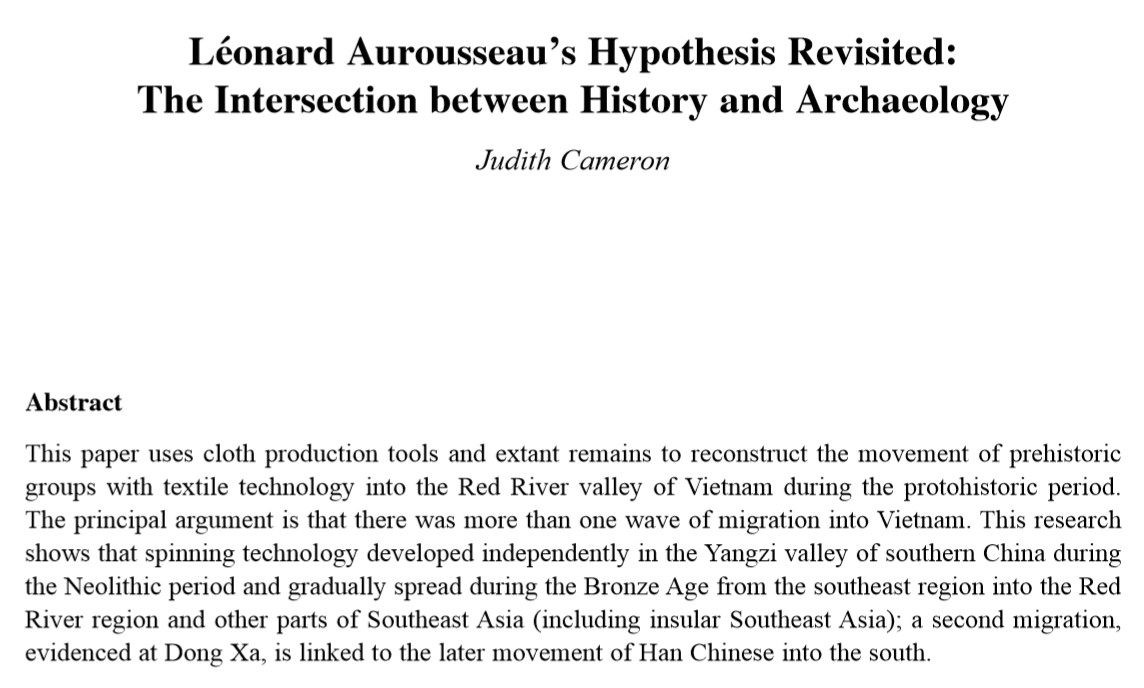
So while historians and archaeologists have moved beyond Léonard Aurousseau’s Yue migration theory, it has returned in full force in Ben Kiernan’s new Việt Nam: A History from Earliest Times to the Present. In fact, this time it’s even stronger, as Kiernan has incorporated Cameron’s evidence of spinning whorls of northern origin in the Red River Delta in the second millennium BCE to argue for two Yue migrations.
To quote, “. . . as early as the second millennium BCE, Yue emigrants to the Yue River plain brought the characteristic spindle whorls excavated in Phùng Nguyên sites there.
“Chinese language texts suggest that late in the first millennium BCE, Yue refugees fleeing imperial Chinese conquests once again traversed what is now southern China and at this time carried the term ‘Yue’ southward. . . Sometime later, the indigenous people of southeast China and north Việt Nam, the new subjects and neighbors of these Nan Yue (‘Southern Yue’) immigrants, adopted the exiles’ ethnic name.” (47)
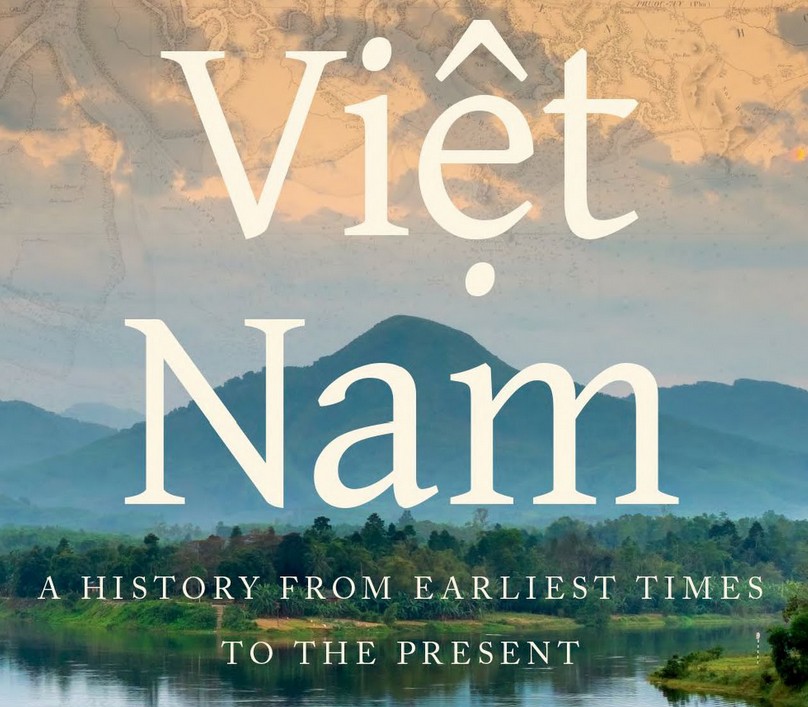
This migration was able to take place successfully, according to Kiernan, because “The peoples of these regions inhabited a shared cultural world, in which, as elsewhere in ancient times, ethnic identity and even linguistic adherence were fluid.” (47)
As evidence of this “shared cultural world,” Kiernan goes on to talk about similarities between the fifth-century-BCE Kingdom of Yue that was located around present-day Zhejiang Province and the world of the Red River delta in antiquity. [Spoiler alert: Buckle up, because we’re going for a ride!]
To quote, “This Yue realm had much in common with that of the Lạc Việt. One Chinese account said that King Gou Jian of Yue (r. 496-465 BCE) ‘lived in a country located on the shores of the eastern sea and governed a people of barbarians with tattooed bodies.’
“A third-century Chinese text recounts the introduction of agriculture to Yue during Gou Jian’s reign by a figure named Tai-fu Chung whose role resembled that of the mythical Vietnamese founder, “otter dragon lord” Lạc Long Quân: ‘For the king of Yue, Tai-fu Chung opened the prairies to tilling and settled cities on them; he widened the lands and sowed them to grain.’
“This account of events in the early fifth century BCE possibly traveled south with Yue refugees as later Chinese advances sent them fleeing (likely by ship as well as overland) toward the land of the Lạc, whose story of agriculture incorporated a similar local legend of an ‘otter dragon lord’ arriving from the sea.” (48-49)
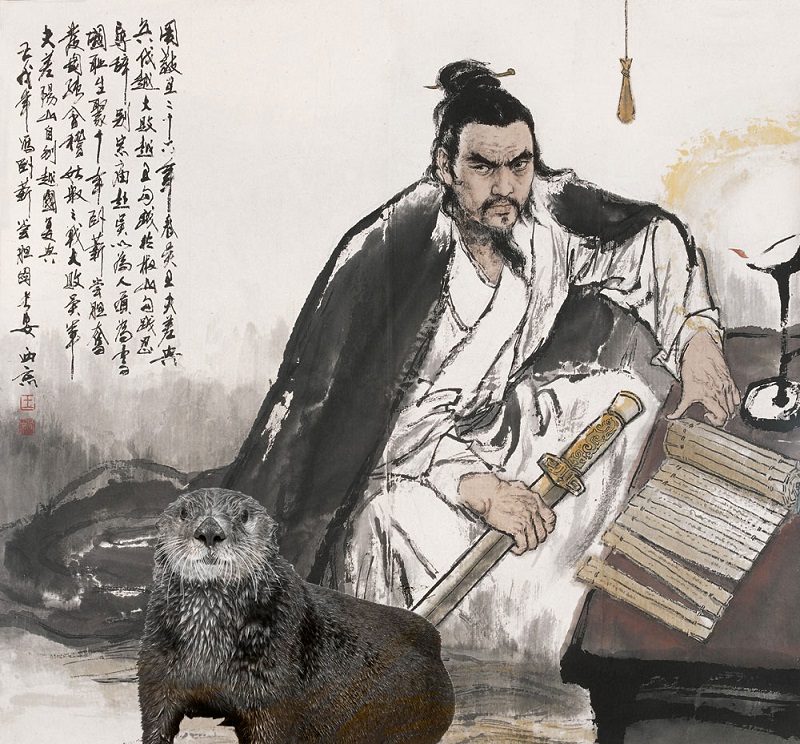
Wow!
Ok, now let’s take a look at this passage.
“Tai-fu Chung” is the Wade-Giles transcription of Daifu Zhong 大夫種, meaning Grand Master Zhong. This was the title that a man named Wen Zhong 文種 took when he worked for the Yue king, Goujian, in the fifth century BCE.
Wen Zhong was originally from the inland Kingdom of Chu and and was in no way associated with “otter dragon lords” or the sea.
He also did not introduce agriculture to the Kingdom of Yue. The kingdom of Yue had long existed before Wen Zhong was employed there, and we can assume that the inhabitants in those earlier years had not been hunter-gatherers, especially given that this was right in the area where people had been cultivating rice for millennia by that time.
The passage about Wen Zhong opening fields refers to the period after the Kingdom of Yue had been defeated in a war with the neighboring Kingdom of Wu. Wen Zhong was therefore not “introducing” agriculture, but seeking to “rebuild” and “expand” the agricultural infrastructure of the kingdom.
The passage that follows the sentence that Kiernan cited talks about Wen Zhong leading soldiers and people to (re-)establish the Yue kingdom’s hegemony.
大夫種為越王墾草耕邑,必地殖谷,率四方士,上下之力,以禽近吳,成霸功。
And finally, as we saw in a previous post, Lạc Long Quân is not “mythical.” He is a fifteenth-century-CE elite literary creation, and that literary creation had nothing to do with otters.
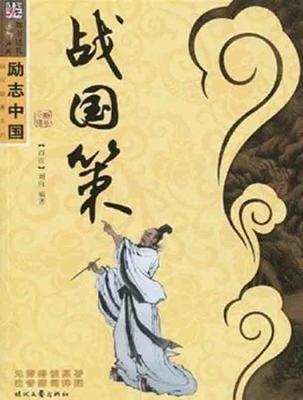
While it is true that at a very general level there were cultural commonalities across the area south of the Yangzi River in the first millennium BCE, there were also countless differences, with linguistic differences being the most obvious.
While there is some archaeological evidence of north-south contact between the area south of the Yangzi River and the Red River Delta in the first two millennia BCE, we do not have evidence in any form of significant migrations.
And we definitely, definitely, definitely do not have evidence of shared cultural traditions of revering “agriculture-introducing otter dragon lords who came from the sea.” In fact, we don’t have any evidence of any such tradition ever existing anywhere.

